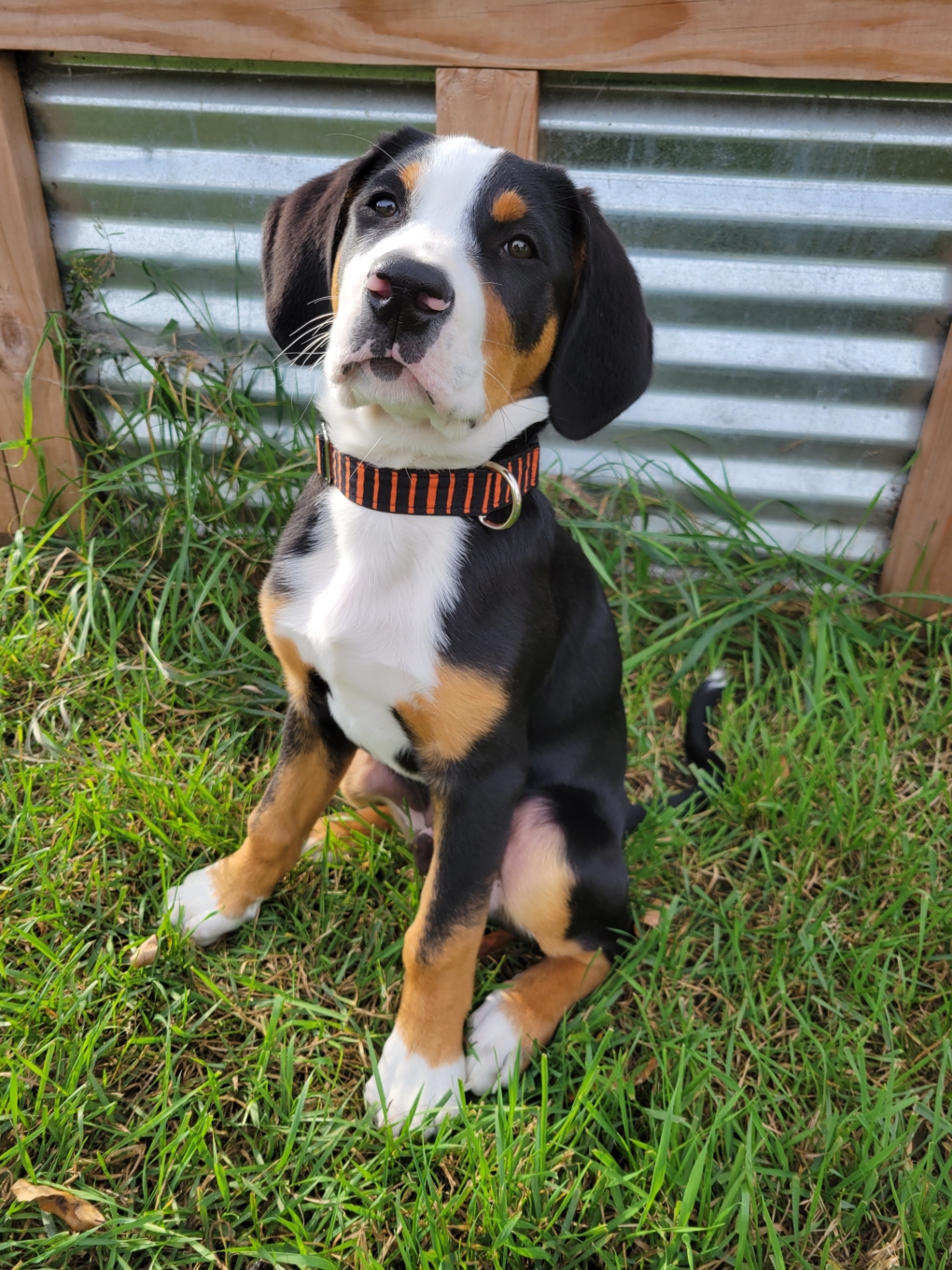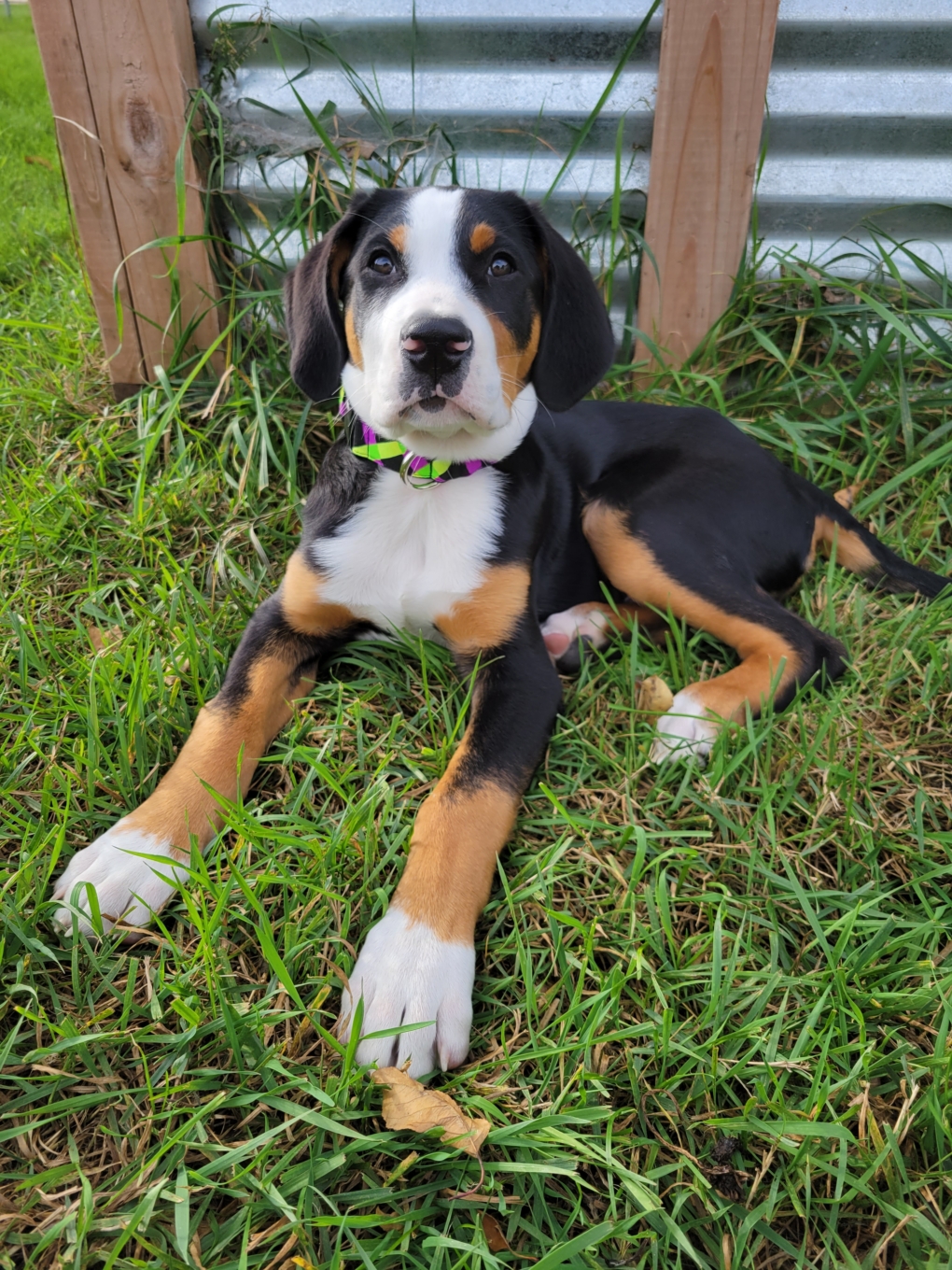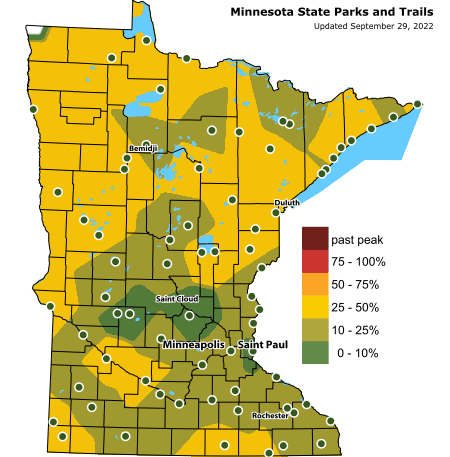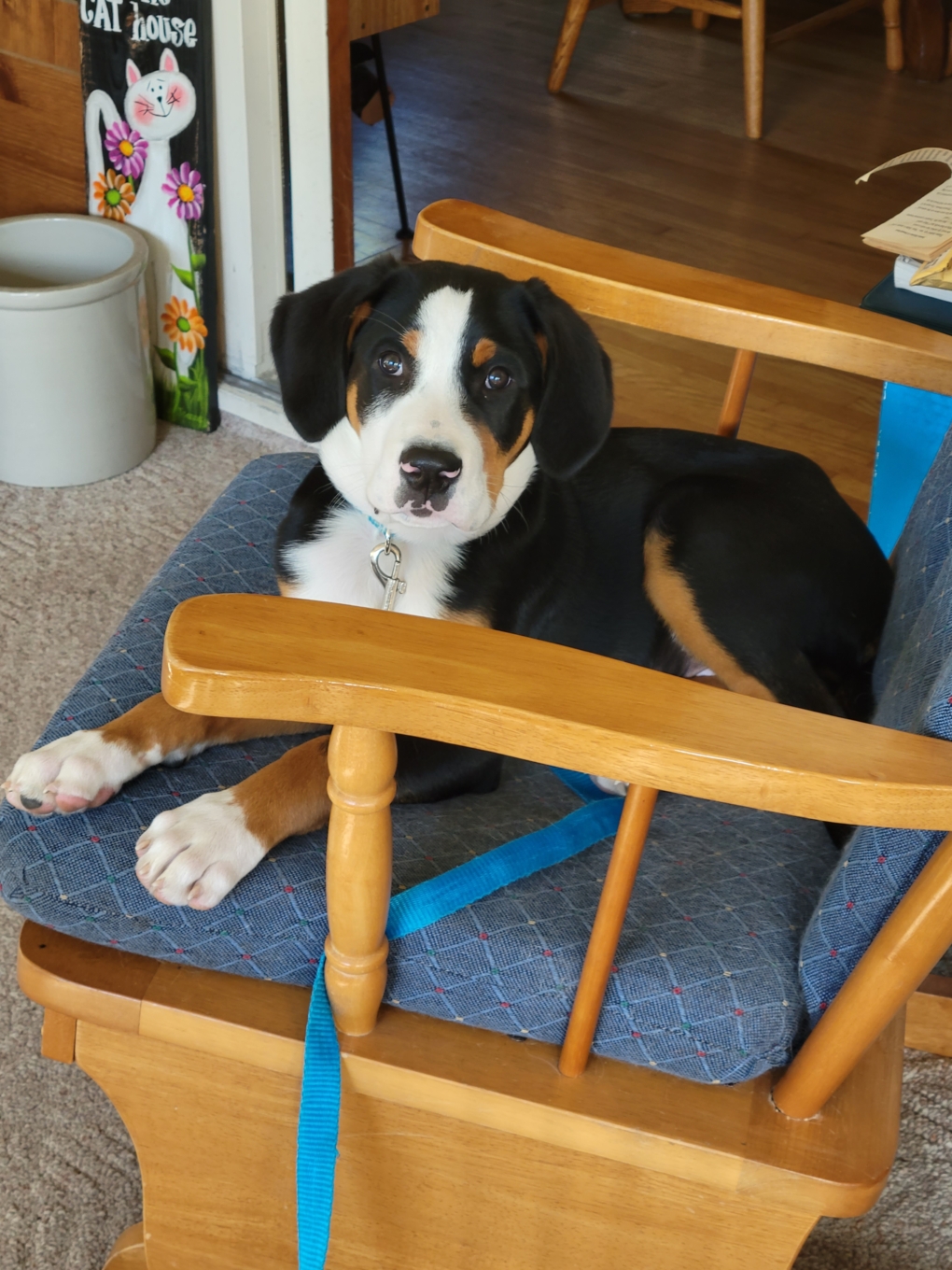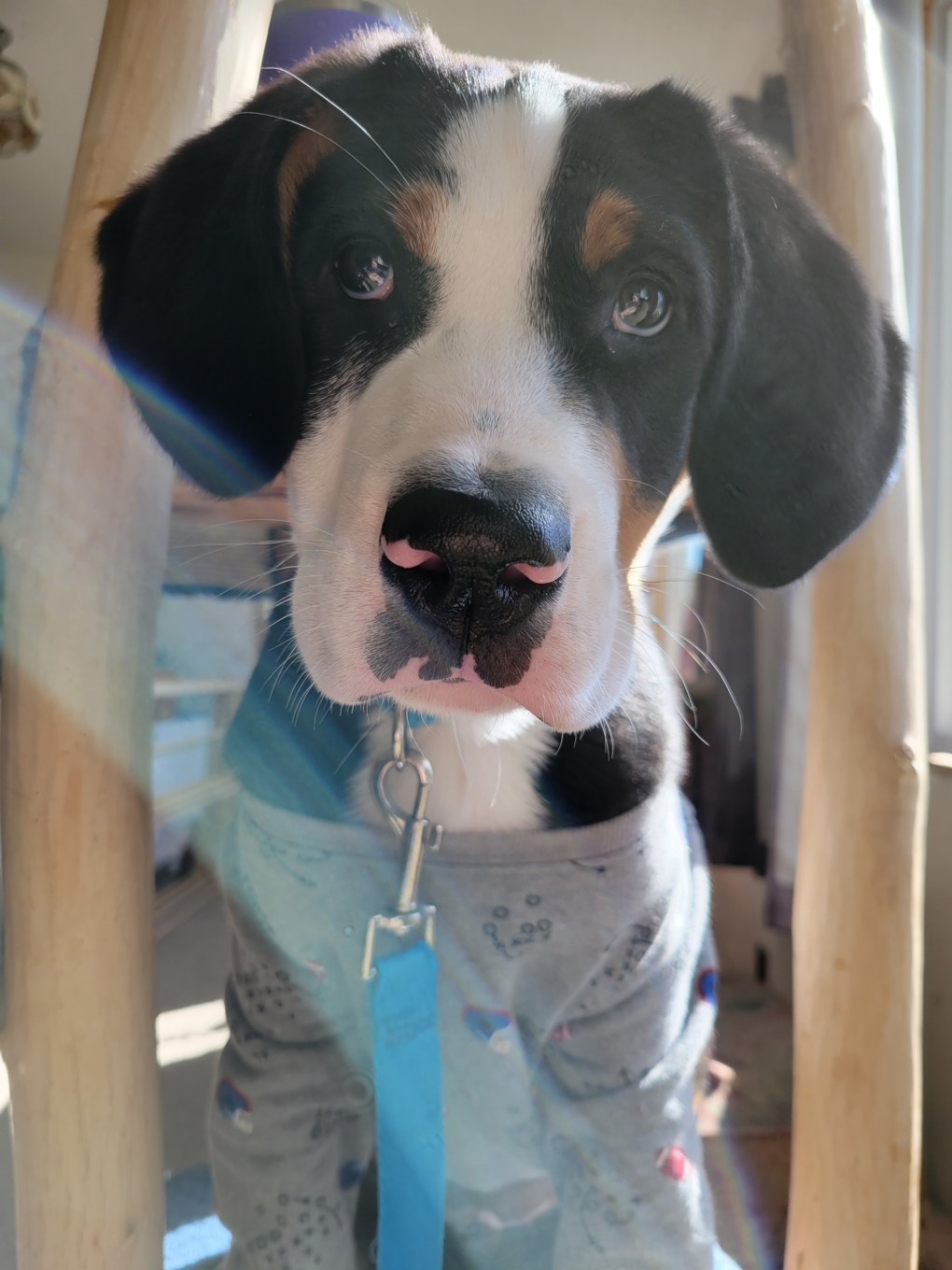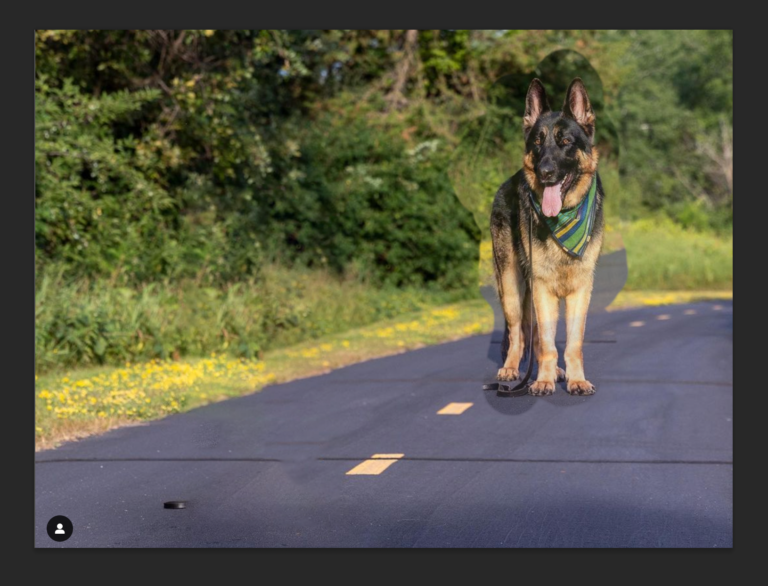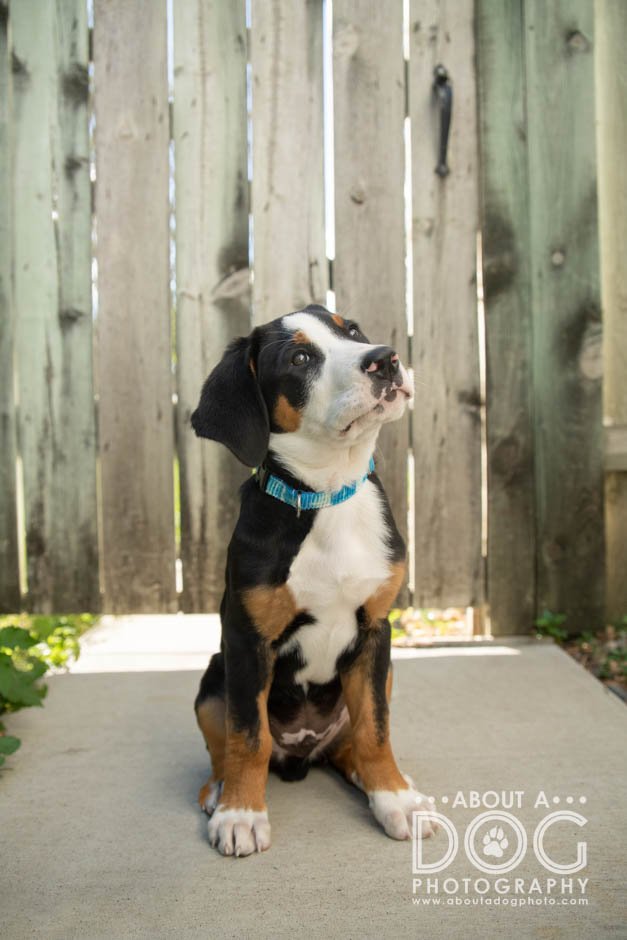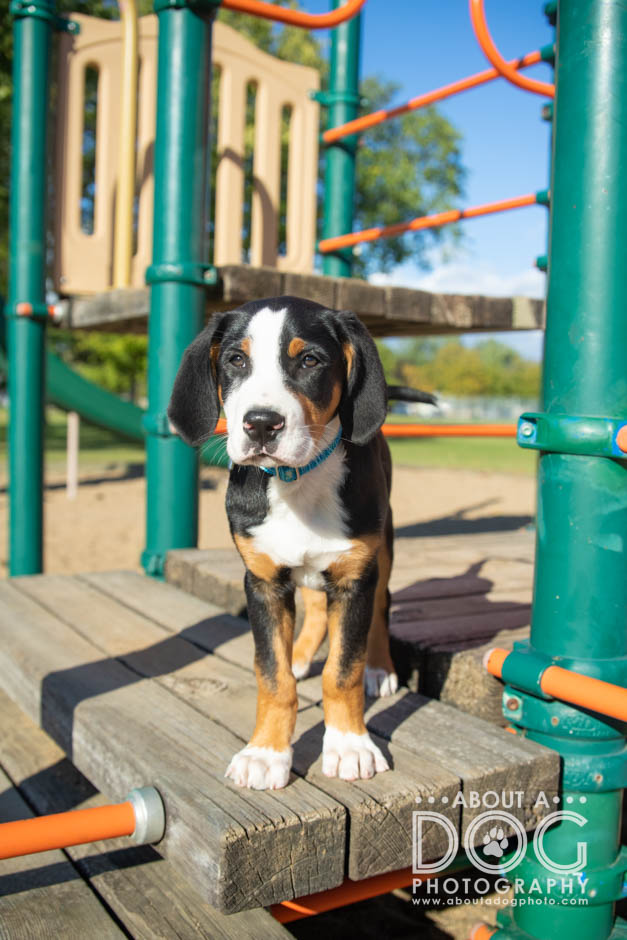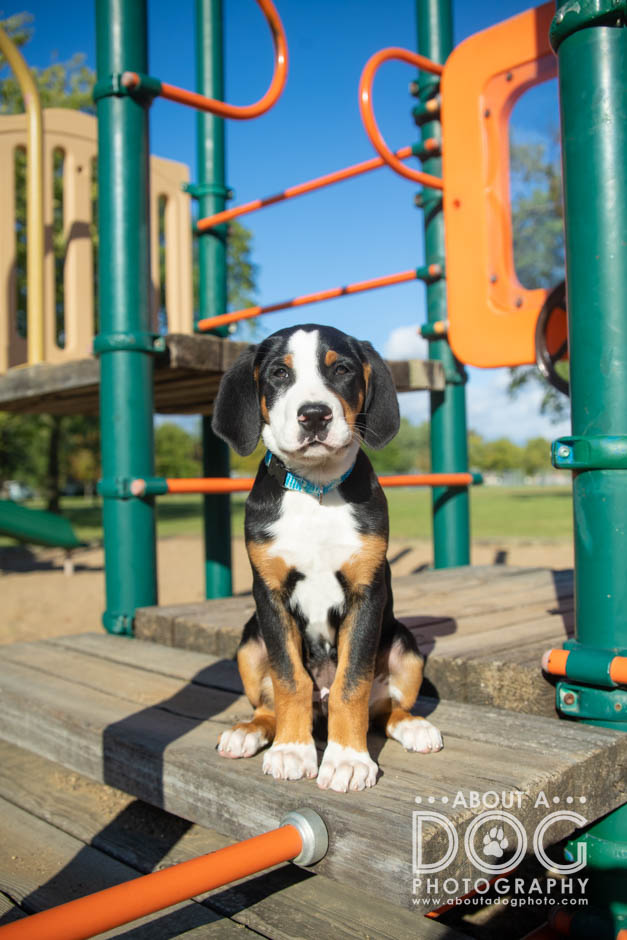The Lookdown Shot
There are many various angles that you can photograph a dog.
Eye level, lower than eye level, lower than the ground, on a diagonal (don’t do this…) and from looking down on a pup – aka the lookdown shot. (Yes a lookdown shot literally means an image where you are looking down on your subject from above.)
A lookdown angle pairs lovely with textures and patterns on the ground – leaves or cobblestones – or if your dog is tucked between your legs.
What makes a lookdown shot special? This is the angle we see our dogs in 90% of the day at our feet, while they give us the biggest puppy eyes for a taste of whatever morsel we are noshing on. Essentially, this is how our dogs look to us in daily lives.
My thoughts on lookdown images?
They aren’t my favorite angle to photograph a dog. Looking down at our dogs is… regular. We see them every day this way, and point our phones at them from our high above angle as the images in our phones can attest. While being eye level to our dogs is far from regular, unless we sit on the floor or they sit next to us on the couch (pending of course on the size of your dog).
Here’s a comparison of a lookdown image and an eye level image of Blue. Both are adorable with the touch of fall behind him, though I prefer the look of the eye level angle (and that head tilt, come on!).
Which do you like better?
Below is another lookdown angle. By this point Blue was getting a little bored being a model and would have rather been munching on the stick in my hand – hence the ear positions.

And on the topic of Blue, he’s now 16 weeks old!
He’s gotten taller and longer, roughly 29 lbs (I haven’t weighed him recently) and is still whip smart. Biting is starting to get more controlled, though the morning and evenings tend to be wild cards. He poses well with a headntilt for popcorn, handsome, hungry and when I generally talk about things at time.
The day we did the lookdown pictures we did 16 week pictures with Hickory the fox.
EEEEEEEK! Look how much bigger he’s gotten from 10 weeks! You can really see how much height he’s gained. Plus he looks less like a smooshy puppy, though he’s got awesome smooshy jowls now.
Man is he ever a handsome puppy!
And for fun – Blue’s 10 week pictures! My how he’s grown!
And even more fun… 7 weeks to 16 weeks!
Ok, enough about Blue!
To recap: The lookdown angle is when you are literal capturing an image as you are looking down at your dog. It can be rather cute, though it doesn’t frequently capture my fancy – eye level angle is totally my jam though!
We’re in a blog ring with fellow pet photographers around the world. Next up visit Angela Schneider of Big White Dog Photography in Spokane, Washington, encouraging everyone to slow down and see the world through the eyes of a dog.



